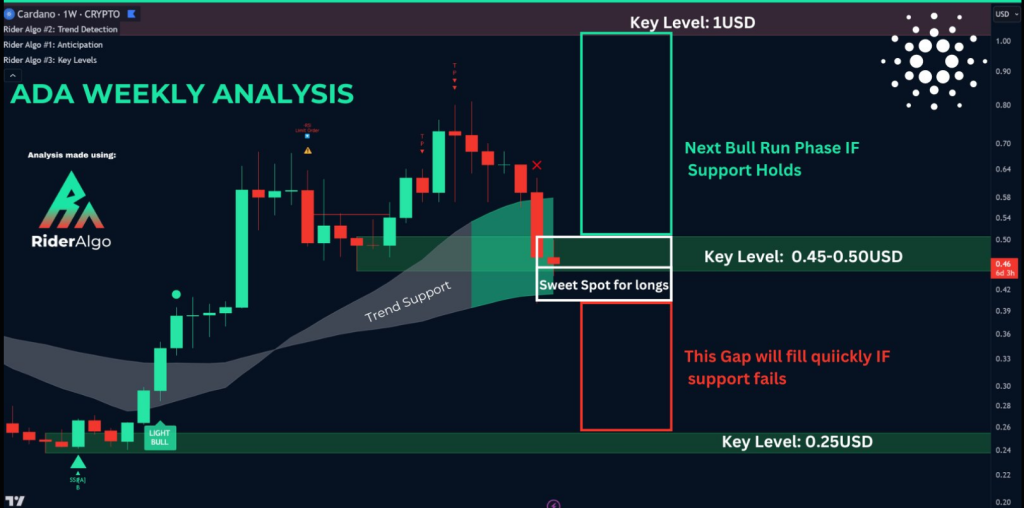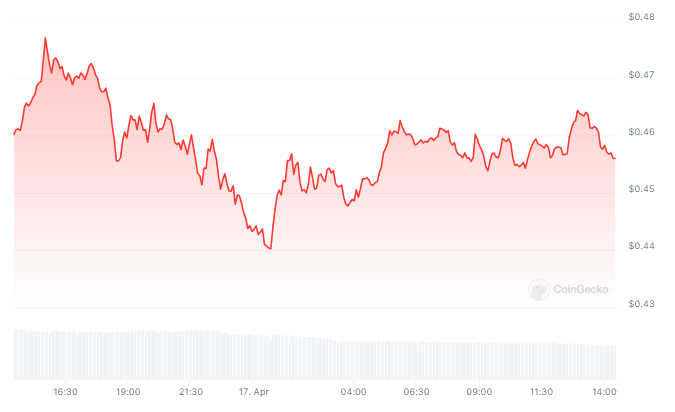The 2024 Bitcoin halving is only two days away, and there are already varying expectations of what might happen to the BTC price once the event is completed. One way to get an idea of how it could play out for the Bitcoin price, though, is through historical data and how the cryptocurrency has performed at times like these.
Bitcoin Price Trends For Previous Halvings
There have been three halvings so far since Bitcoin was first launched in 2009 and with each one, Bitcoin has demonstrated various reactions to the event. The first halving took place on November 28, 2012, the second happened on July 9, 2016, and the last one was on May 11, 2020.
For the purpose of this report, only the last two halving will be referenced given that adoption had began to climb at the time that these two happened. The 2016 halving happened when Bitcoin was trading around $650, but in the weeks following the halving, the BTC price would drop another 30%, reaching as low as $460 before climbing back up once again.
Then, during the 2020 halving, the BTC price was trending just under $10,000, and following the halving, would see a drop in price as well. However, this drop was not as significant as the 2016 drop, with the BTC price only falling around 15% during this time.
This has formed quite a trend with the halving, where the Bitcoin price falls after the event, which is expected to be bullish. Therefore, if this trend continues, then BTC could see a sharp drop in price despite the expectation that the halving will be bullish for price.
However, it is important to consider that subsequent halvings have seen a lower post-halving crash compared to their predecessors. So, if this holds this year, Bitcoin could still be looking at a crash but to a much lesser degree. For example, the 2020 post-halving crash was half of the 2016 post-halving crash, so holding this trend, the crash this time around could only be an around 7-8% crash.
BTC Deviates From Established Halving Trends
While the historical data does suggest where Bitcoin could be headed following the crash, it is also important to note that the digital asset has deviated from a number of pre-halving trends. One of these deviations is the fact that the Bitcoin price hit a new all-time high before the halving, something that has never happened before. This could suggest that there will be a complete deviation from these established trends, meaning that a crash may not follow the halving after all.
Another deviation is that the few weeks leading up to the last two Bitcoin halvings have been green. However, in 2024, the last three weeks leading up to the halving have been red as the BTC price has been in decline. This also lends credence to the fact that there could also be a deviation from its post-halving trends.
One thing to keep in mind though, is that the crypto market has always been uncertain and Bitcoin has a habit of doing what no one expected. The Bitcoin Fear & Greed Index has seen a pull back from the extreme greed territory, but it continues to remain in greed, which means investors are still bullish. In this case, if Bitcoin were to do the opposite of what is expected, then it could follow the established trend and crash back down.






